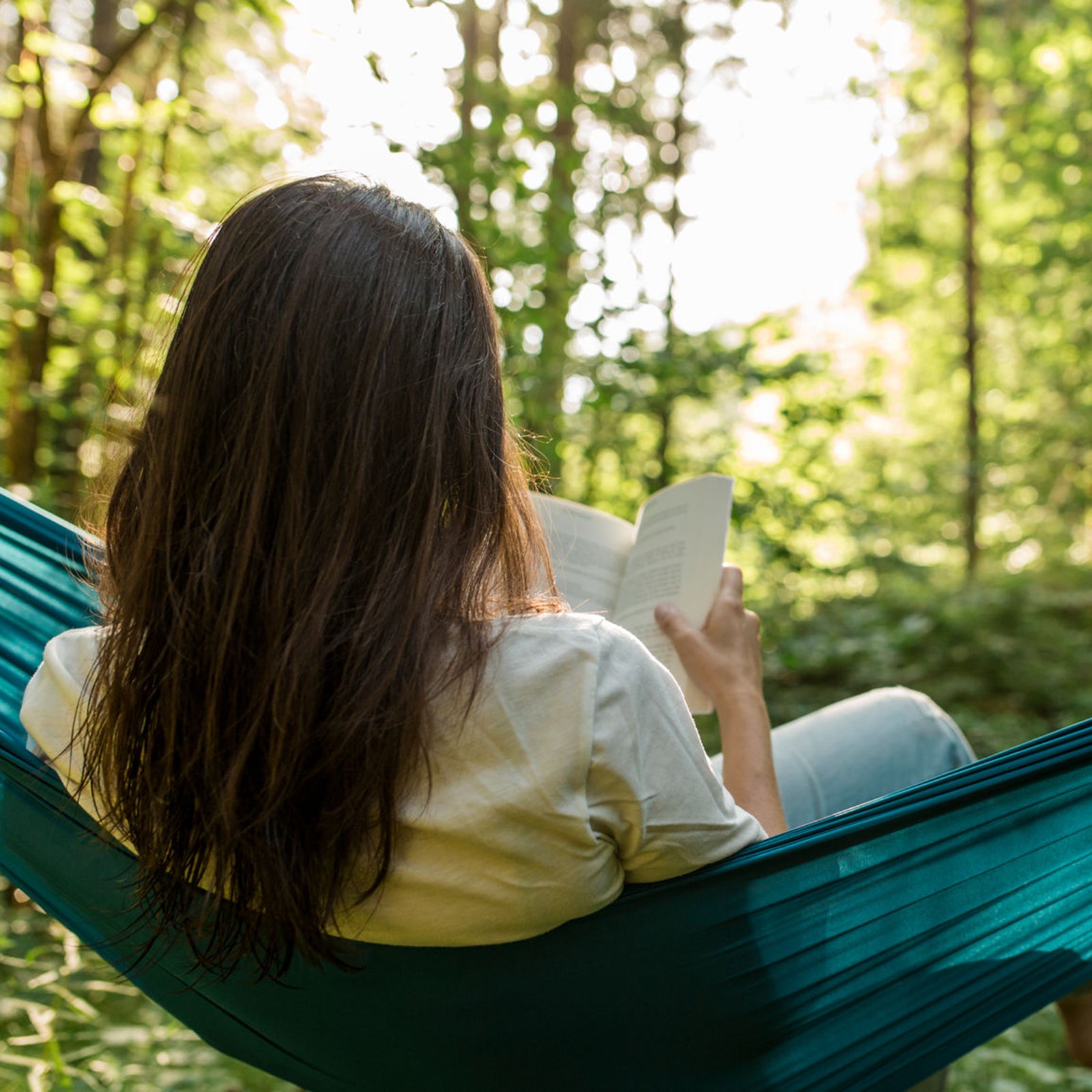You ever get wiggly in the spring? Like you’re about to jump out of your skin if you don’t go outside and move around? Maybe it’s the changing light or the longer days, but the interlude between winter and spring can make that feeling even worse. To fill the gap, here’s a batch of books to keep you inside a little longer while quelling your need to explore: true adventure tales, high-tension novels, and desert-focused essays.
‘The Lost Boys,’ by Gina Perry
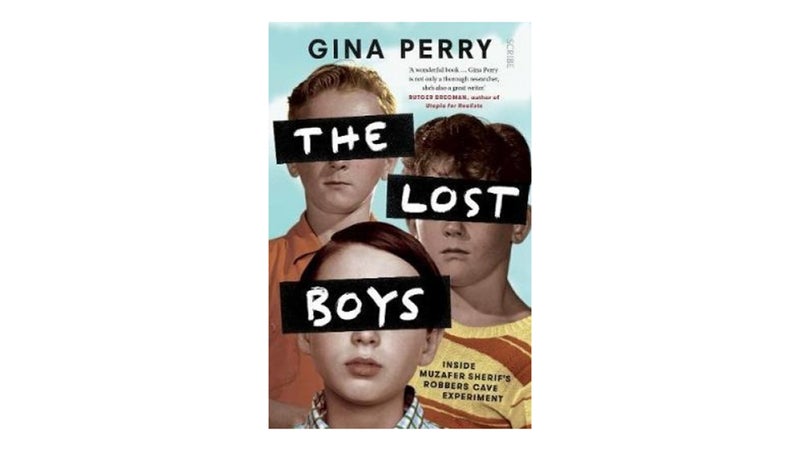
starts out brutal and insidious, with a hint of violence: two boys at a summer camp are in a knock-down, drag-out fight. It feels like Lord of the Flies, but it’s nonfiction. The book explores the controversial Robbers Cave Experiment, a 1954 social-psychology test in which two groups of 12-year-old boys were pitted against each other at a summer camp so psychologist Muzafer Sharif could test theories about intertribal conflict. Perry writes about Sharif’s complicated past, why he was able to carry out the test, and how the boys banded against each other at the camp. But she also digs into the theory behind it, which feels spookily relevant now: the idea that we easily pick sides based on arbitrary circumstances, and that can lead to violence.
‘Fall Back Down When I Die,’ by Joe Wilkins
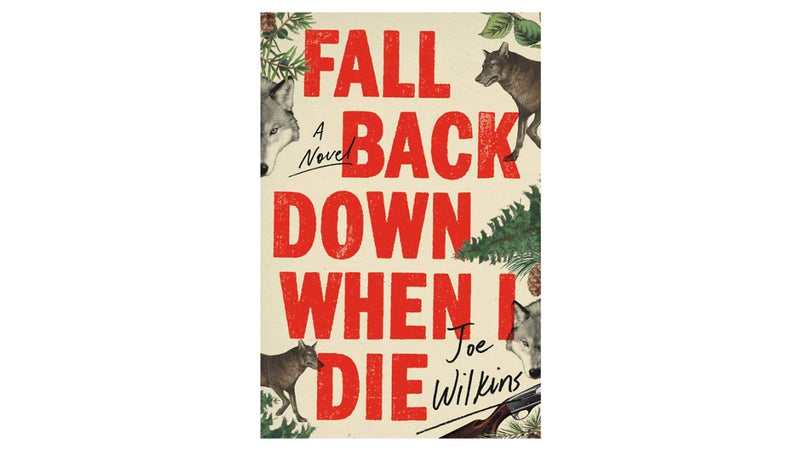
In eastern Montana, ahead of the state’s first legal wolf hunt, ranch hand Wendell Newman takes custody of his incarcerated cousin’s developmentally disabled boy. His story is interwoven with that of the hunt, his own father’s escape from the law, and the broader struggles of a disenfranchised rural community. feels insightful amid the ongoing debate over public land and legal rights, but it’s also timeless, and it treads the same kind of territory as writers like Kent Haruf and Ivan Doig, digging into quiet stories of people living close to the land.
‘The Sun Is a Compass,’ by Caroline Van Hemert
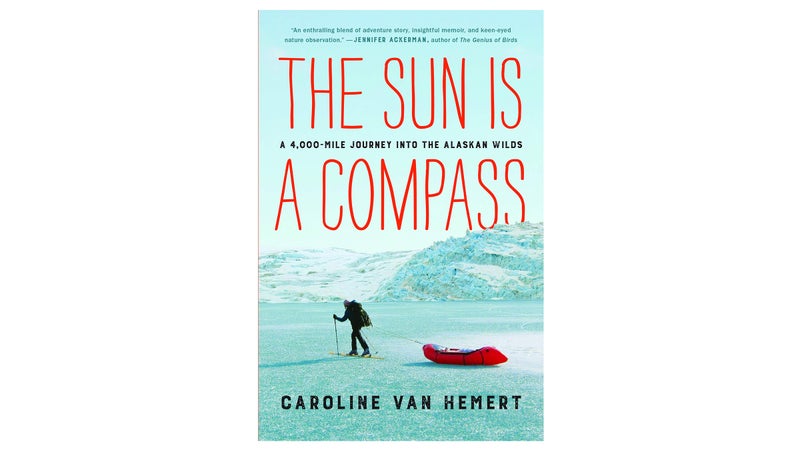
In 2012, after burning out on her biology-lab work, Caroline Van Hemert and her husband, Pat, trekked 4,000 miles across the length and width Alaska. The story of their trip is worth telling on its own, but Van Hemert’s eye for detail—she’s a bird biologist at heart—pushes into something more interesting than a straightforward adventure narrative. She paints a vivid picture of the landscape they walked, biked, and paddled through, but she also patiently and clearly examines why she felt the need to go. In less careful hands, the story could have come off as self-centered, but she makes it relatable and honest.
‘She Explores,’ by Gale Straub
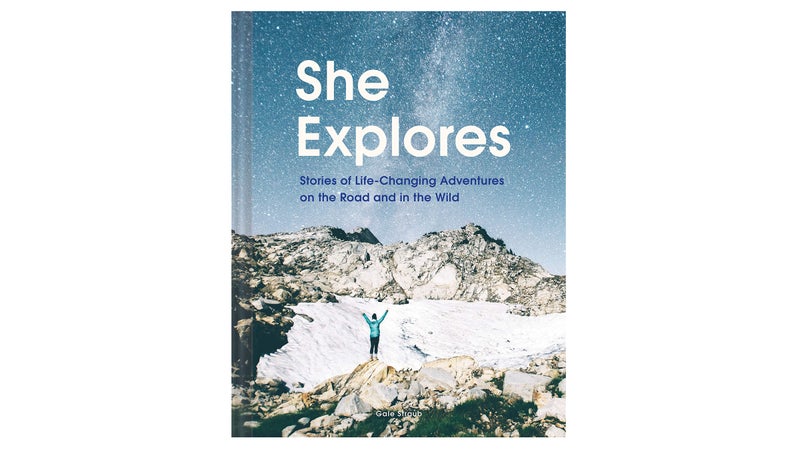
If you’ve followed Straub’s popular podcast of the same name as her book, you might be familiar with the way she pulls stories out of her subjects, turning something that seems simple, like a thru-hike, into a discussion about bias and belief on the trail. , takes a similar tack. It’s an amalgam of stories, starting with Straub’s own, about women outside: artists, climate activists, park rangers, and more. It’s a kaleidoscopic look at what drives people toward adventure and the nontraditional lives they build along the way. Doesn’t hurt that it’s full of beautiful photos, too.
‘Seasons: Desert Sketches,’ by Ellen Meloy
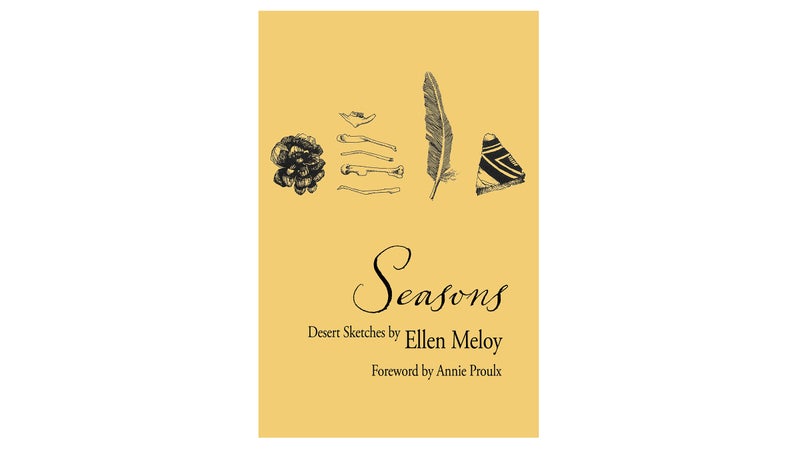
“I have just stapled my hair to the roof.” So begins Meloy’s , and her observations on life and nature in the southwestern Utah desert just get pithier from there. Tacked headfirst to the tar paper, she considers the turkey vultures circling overhead, the Navajo who built houses here before her, and the culture of work in the desert in a way that’s poignant, funny, weird, and true. These might be some of her last unpublished pieces to be uncovered, but that makes each little story feel like a gift.
‘A Desert Harvest,’ by Bruce Berger
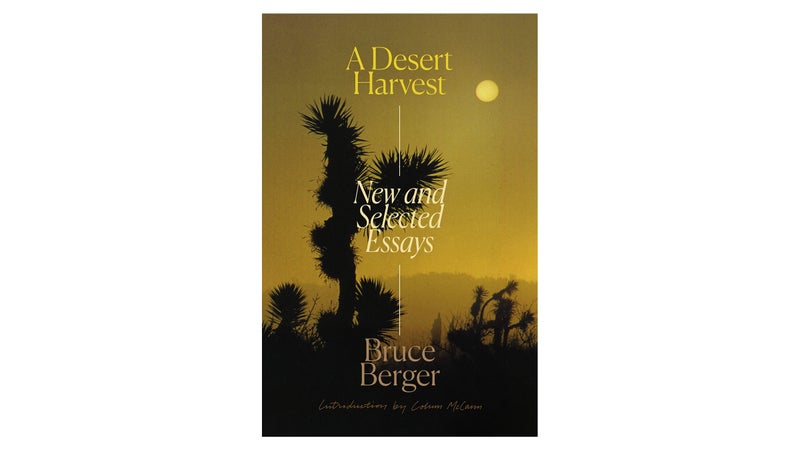
While Meloy’s essays are sharp and focused, pulls in other people’s and his own experiences since he first visited Phoenix as an eight-year-old from Chicago and was transfixed by the light and the heat. It’s a look at why and how he fell in love with a landscape, and how that place, even in its harshness and desolation, can become the background for all your stories.


